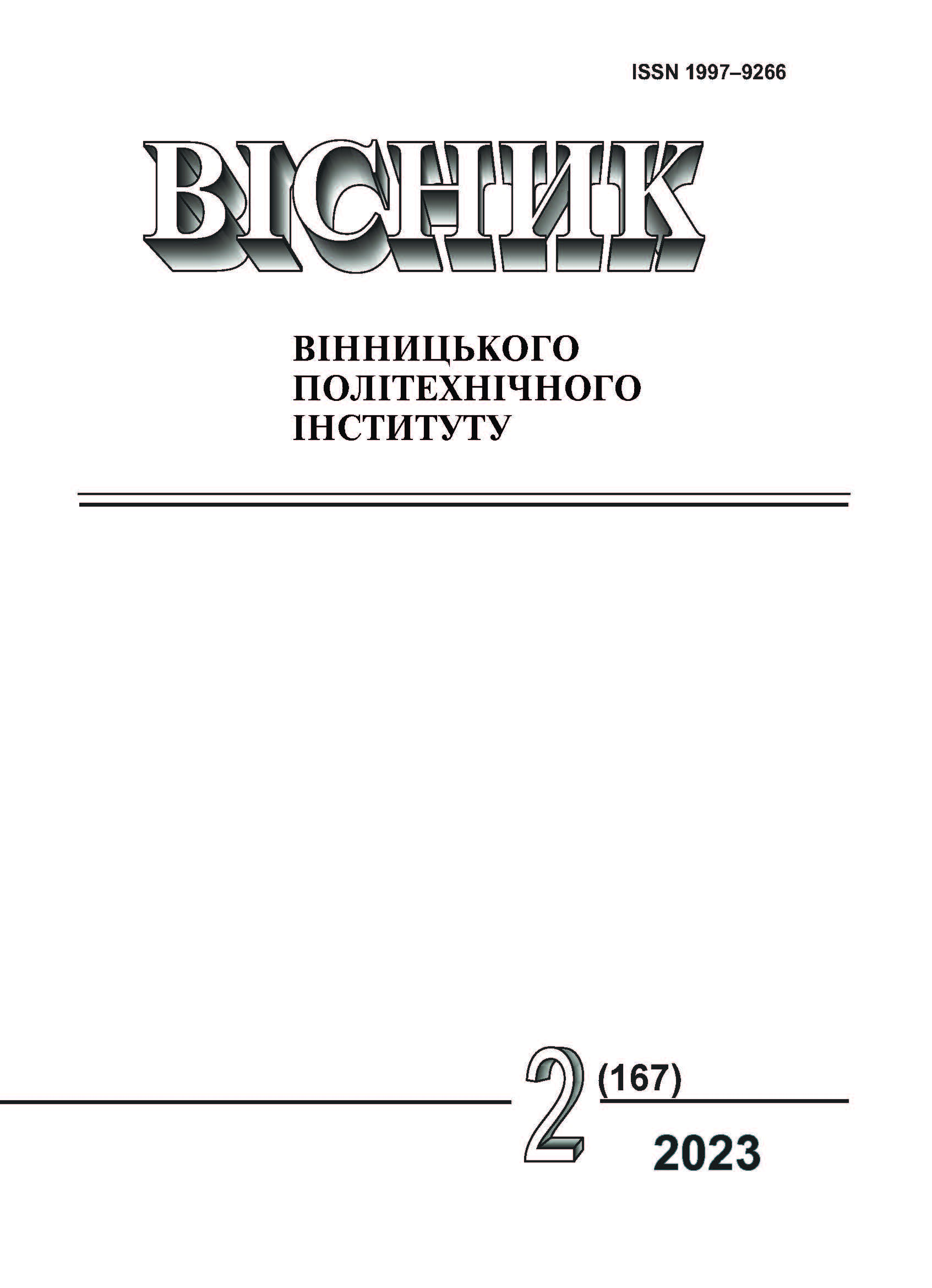Device of Protection of Analog Telephone Communication Based on Scrambler with Change of Wavelet Conversion Coefficients
DOI:
https://doi.org/10.31649/1997-9266-2023-167-2-89-96Keywords:
technical information protection, information transmission systems, scrambler, acoustics, acoustic informationAbstract
The paper proposes a device for providing protection of speech information transmitted over an analog telephone line against unauthorized interception based on a scrambler with modified Latin square wavelet transform coefficients. The developed device consists of hardware and software parts, the hardware part is implemented on the microcontroller platform of the Arduino family, the software part of the device is implemented using the Proteus software environment. As the main part of the functions of the device is performed by a microcontroller, the general structure of the device comprises a microphone, a power supply and an Arduino board. Taking into account the results of the research, it is proposed to modernize the scrambling algorithm by performing permutation operations, matching XOR to the scrambler key, which displays the Latin square itself. A statistical and spectral analysis of the improved method was carried out and a comparison of the execution speed of scrambling algorithms was performed. To improve the security, it was proposed to carry out several stages of permutations of the received coefficients of wavelet transformations. Increasing the variability of the permutations of the wavelet transformation coefficients made it possible to increase the time spent by the attacker on going through all possible combinations. And taking into account that the permutation does not take place in one part of the signal, but in a set of n parts, this in its turn further complicates the procedure of sorting through all possible options. The implementation of the elements of this device with the help of electronic computing equipment and available components makes it an accessible, as well as an effective tool for solving technical information protection tasks, which can ensure the improvement of information protection systems at various business entities.
References
В. О. Хорошко, B. C. Чередниченко, і М. Є. Шелест, Основи інформаційної безпеки, В. О. Хорошко, Ред. Київ, Україна: ДУІКТ, 2008,186 с.
С. О. Іванченко, та ін., Технічні канали витоку інформації. Порядок створення комплексів технічного захисту інформації, навч. посіб. Київ, Україна: НТУУ «КПІ», 2016, 104 c. [Електронний ресурс] Режим доступу: https://ela.kpi.ua/handle/1234_5б789/15155 .
С. Е. Остапов, С. П. Евсеев, і О. Г. Король, Технології захисту інформації, навч. посіб. Харків, Україна: вид-во ХНЕУ, 2013, 476 с.
Г. Ф. Конахович, В. П. Климчук, С. М. Паук, В. Г. Потапов, і О. О. Горбунов, Захист інформації в телекомунікаційних системах, навч. посіб. Київ, Україна.: НАУ, 2009, 380 с.
О. В. Рибальський, В. Г. Хахановський, і В. А. Кудінов, Основи інформаційної безпеки та технічного захисту інформації, посіб. для курсантів ВНЗ МВС України. Київ, Україна: вид-во Національної академії внутрішн. справ, 2012, 104 с.
М. М. Проценко, «Методика вибору вейвлет-функції для обробки цифрових сигналів,» Вісник ЖДТУ, № 49, с. 97-100, 2009.
Downloads
-
PDF (Українська)
Downloads: 85
Published
How to Cite
Issue
Section
License

This work is licensed under a Creative Commons Attribution 4.0 International License.
Authors who publish with this journal agree to the following terms:
- Authors retain copyright and grant the journal right of first publication.
- Authors are able to enter into separate, additional contractual arrangements for the non-exclusive distribution of the journal's published version of the work (e.g., post it to an institutional repository or publish it in a book), with an acknowledgment of its initial publication in this journal.
- Authors are permitted and encouraged to post their work online (e.g., in institutional repositories or on their website) prior to and during the submission process, as it can lead to productive exchanges, as well as earlier and greater citation of published work (See The Effect of Open Access).





